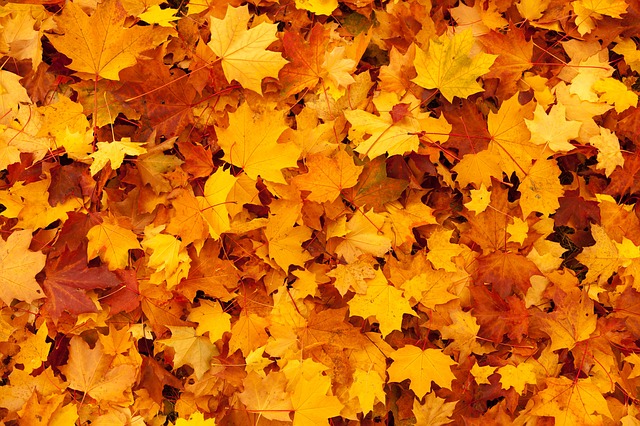Summertime errors in gardening are usually easy to fix. Forgot to prune your tomatoes, and now the foliage is out-of-control? No problem. Just trim the excess and choose an appropriate support structure. Forgot to water for a few days? Most plants will be fine, and if not, it’s likely you still have time to re-plant…
